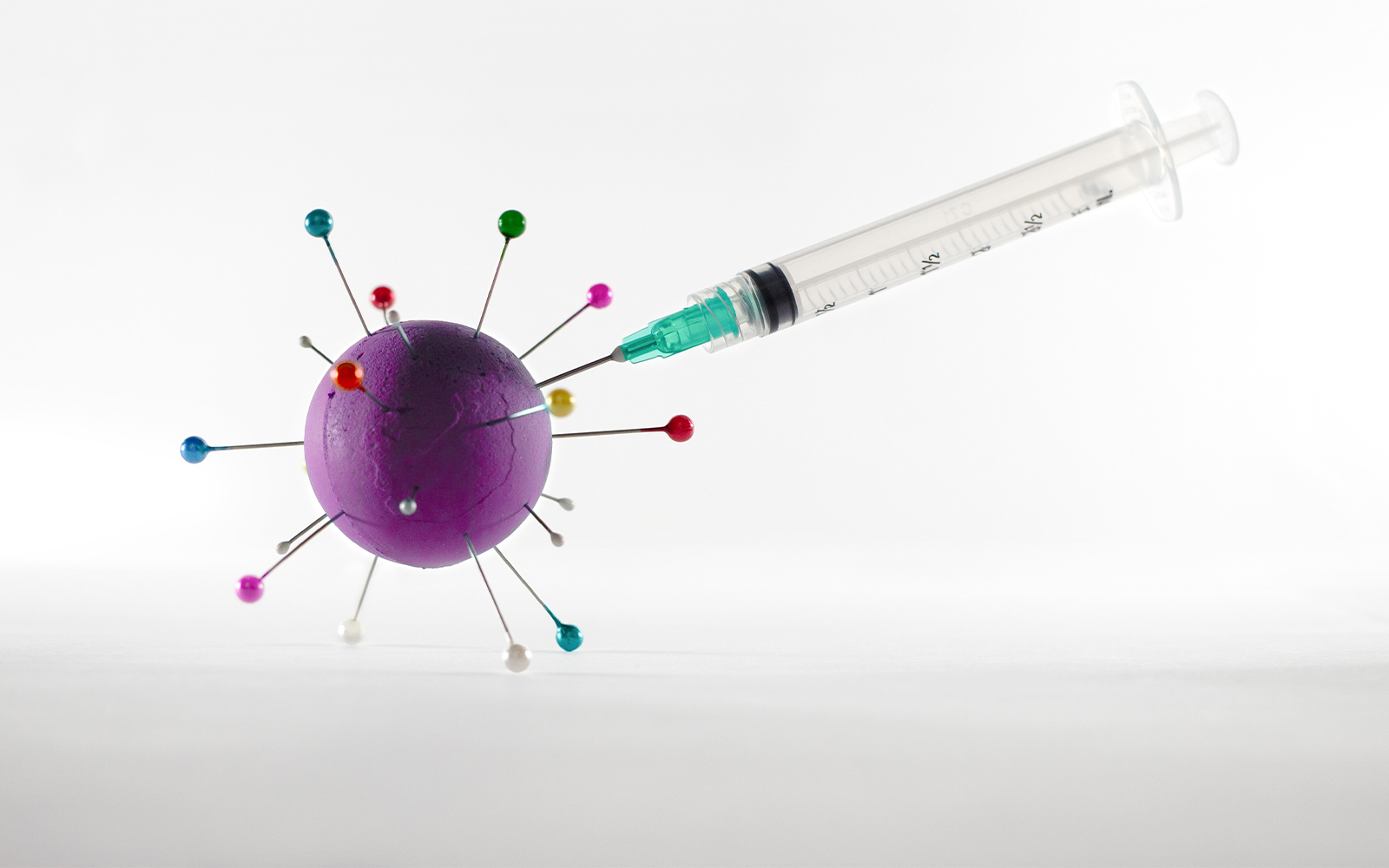As the SARS-CoV-2 virus circles the globe, it continues to evolve a masquerade of variants, many of which have caught even vaccinated communities off-guard. One of the latest is Omicron XBB: a ‘hybrid’ of the notorious Omicron variant, stemming from two different Omicron strains that traded genetic data while co-infecting the same cells.
Since its discovery in August 2022, XBB has swept across Southeast Asia and became Singapore’s most common SARS-CoV-2 variant, despite the country’s high national vaccination rate. Matthew Zirui Tay, Principal Investigator at the A*STAR Infectious Diseases Labs (ID Labs), led a team that examined just how effective current vaccine regimens might be in shielding individuals against XBB infection.
“Like many pathogens, SARS-CoV-2 has a natural tendency to mutate and escape even well-designed vaccines, which means they need to be continually updated to maintain their effectiveness,” said Tay.
Working with the National Centre for Infectious Diseases, Singapore, A*STAR researchers from ID Labs, the Singapore Immunology Network (SigN) and the Bioinformatics Institute (BII) compared antibody responses to XBB versus the ‘original’ (wildtype) and Omicron BA.1 SARS-CoV-2 strains in individuals who had received three doses of mRNA vaccines and never been infected. The 59 study participants received two doses of the Pfizer-BioNTech BNT162b2 vaccine, then a third dose of either BNT162b2 or the Moderna mRNA-1273 vaccine.
Two key techniques were used: a cell-based surface spike-binding flow cytometric assay, and a pseudovirus neutralisation assay. The first identified how well antibodies bound to the variants’ spike (S) proteins, while the second tested how well the antibodies disarmed ‘mock’ versions of each variant.
“Previously, it could take weeks to months to physically bring a new viral variant into the lab,” said Tay. “These innovative assays now allow us to swiftly evaluate how well antibodies perform against a new variant without having to cultivate actual virus samples, which helps us get critical information sooner and mount an agile response to evolving situations.”
The team found XBB-targeting antibody levels were generally low after the third dose and waned significantly within six months compared to the wildtype and Omicron BA.1 strains. However, they also found that participants who received the mRNA-1272 booster as a third dose showed relatively higher levels of XBB antibodies at one-month post-vaccination.
Tay’s team posited that heterologous mRNA vaccine booster regimens—which use different mRNA vaccines for multiple doses, rather than reuse the same vaccine—induces stronger, more durable antibody responses against XBB. Different vaccines may stimulate the immune system in slightly different ways, leading it to produce a broader spectrum of defending antibodies against variant invaders.
Tay said that these results support the approach of mixed vaccine boosters as a means of boosting immunity against variants. The team is currently delving into the mechanisms of why certain vaccine strategies offer more durable protection than others, which can guide ‘future-proof’ vaccine designs.
“When we develop new vaccines, we need to design them not just for the viruses we see today, but also those that could arise tomorrow,” said Tay.
The A*STAR-affiliated researchers contributing to this research are from the A*STAR Infectious Diseases Labs (ID Labs), Singapore Immunology Network (SigN) and Bioinformatics Institute (BII).








